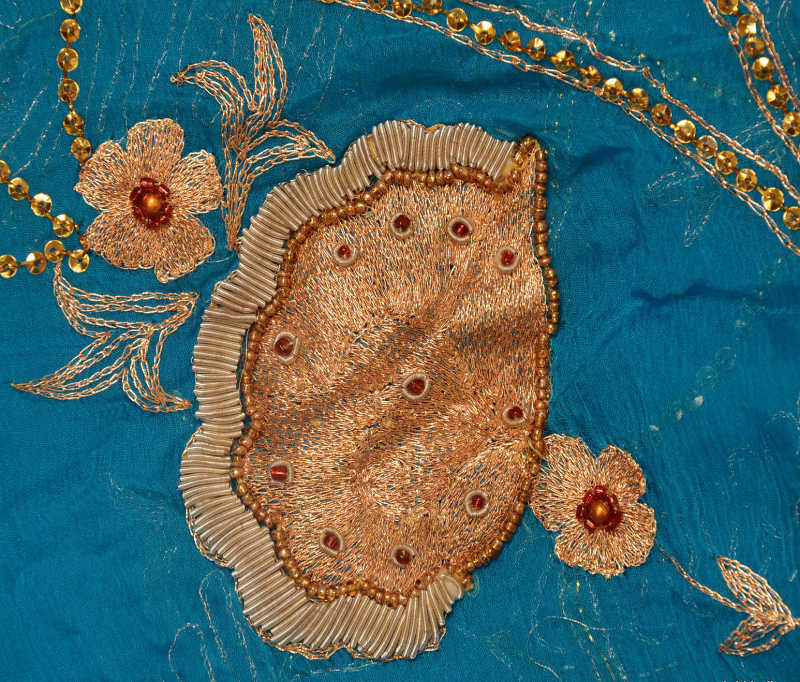===
0377,
20
===

=== |
 |
hu))aa huu;N ;Gunchah-e pazhmurdah aa;xir fa.sl kaa tujh bin
nah de bar-baad ;hasrat-kushtah-e sar-dar-garebaa;N ko
1) I have become a withered bud, the last/end of the season, without you
2) don't destroy/'cast to the wind' the one slain by longing/grief/regret, with its head in/on its collar
pazhmurdah : 'Withered, faded, pallid, drooping, blighted, decayed'. (Platts p.261)
bar-baad karnaa : 'To give to the winds, cast or throw away, lose, waste, squander, dissipate, misapply; to lay waste, ruin, destroy, ravage, plunder, &c.'. (Platts p.144)
;hasrat : 'Grief, regret, intense grief or sorrow; —longing, desire'. (Platts p.477)
FWP:
SETS
MOTIFS
NAMES
TERMS == AFFINITY; CONNECTIONNote for grammar fans: It's normally bar-baad karnaa , as is clear not only from Platts's definition but also from SRF's paraphrase. But by saying bar-baad denaa , Mir has emphasized the action of 'giving' the bud to the wind, of flinging or casting it away.
Note for translation fans: Since garebaa;N isn't really 'collar', but a vertically slit neck-opening like that of a kurta, the image is not that of a head withdrawing 'into' a collar (like a turtle's head), but of a head drooping downward and forward toward the neck-opening. It's really hard to capture this sense in English, unfortunately.